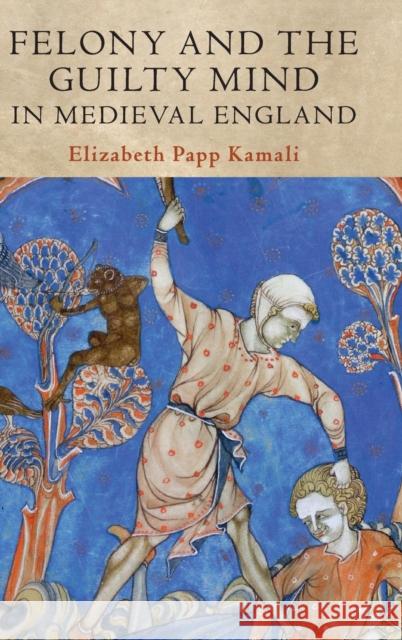Felony and the Guilty Mind in Medieval England » książka
topmenu
Felony and the Guilty Mind in Medieval England
ISBN-13: 9781108498791 / Angielski / Twarda / 2019 / 350 str.
Felony and the Guilty Mind in Medieval England
ISBN-13: 9781108498791 / Angielski / Twarda / 2019 / 350 str.
cena 510,46
(netto: 486,15 VAT: 5%)
Najniższa cena z 30 dni: 508,78
(netto: 486,15 VAT: 5%)
Najniższa cena z 30 dni: 508,78
Termin realizacji zamówienia:
ok. 22 dni roboczych
Bez gwarancji dostawy przed świętami
ok. 22 dni roboczych
Bez gwarancji dostawy przed świętami
Darmowa dostawa!
Explores the role of criminal intent in constituting felony in the first two centuries of the English criminal trial jury.











